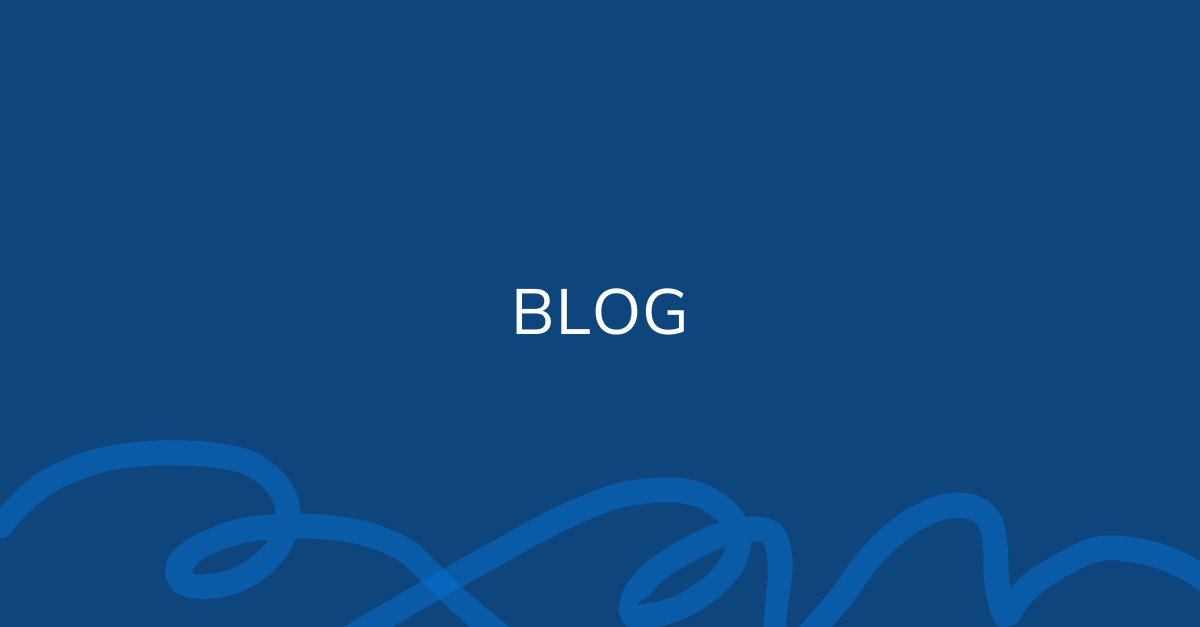
With rapid advancements in technology, there is a growing push for data-driven decisions across the healthcare ecosystem. Using real-world data to guide decision making, providers can deliver highly-personalized and proactive patient care. Specifically, passive data collection is now more accessible than ever via remote monitoring and care solutions, offering unique and actionable insight.
Traditionally, collecting information from patients has been done actively — meaning that the patient completes various assessments, surveys, or questionnaires and they are actively involved in the process, aware they are being assessed or prompted to deliver information in some capacity at that point in time. Passive collection of data differs in the sense that while the patient has given consent to assessment, the data is being collected in real-time, without the patient interacting or actively participating.
A common example of passive data collection that many people are already using is sleep monitoring through wearable devices or mobile applications. A person simply enables permission for their phone or device to monitor sleep habits, and then they receive real-time data that can shed valuable health information, depending on the sophistication of the technology. Other examples of passive data collection include mobile applications, like OneStep, that can capture information about the way a person walks or moves during their daily life. As opposed to asking a person to perform a specific movement assessment, the data collected passively offers visibility into how someone moves in their typical environment, during real-life circumstances, and can be collected over time for longitudinal insight.
Passive data collection creates an opportunity to better understand patient status, progress, and risk beyond both in-person visits and remote tools that require active participation. While patient engagement in their plan of care is critical and there is valuable information obtained via active data collection such as at-home mobility assessments and patient-reported outcome measures, these are only select pieces to the puzzle. Without ongoing, real-world data, important context and information may be missing that could have otherwise helped guide more targeted and proactive interventions — driving better outcomes and overall patient health.
Some patients may fear a loss of independence and are thus less forthcoming on self-reported outcome measures. Plus, when aware of assessment, patients may put their best foot forward and compensate for mobility deficits that are more apparent during their typical, unsupervised routine. A recent study actually found that when performing remote gait analysis using smartphone technology, there was a significant difference in parameters when the analysis was performed actively by the patient, as compared to analyzing the data collected passively in the background. Notably, the difference indicated that walks analyzed passively demonstrated less favorable gait trends than those analyzed actively by the same patient — exemplifying how a snapshot of patient mobility one time on assessment in the clinic may not accurately portray their authentic mobility levels.
Additionally, collecting real-world data over time helps establish mobility baselines and provides a way for clinicians to capture more immediately when there is a trending decline. Think of how this type of information could help shift healthcare delivery upstream — saving resources, money, and even lives. On the flip side, it offers an objective way to track patient progress and gauge intervention efficacy more precisely than traditional methods. This information can be used to strengthen documentation, demonstrate successful clinical outcomes, guide novel protocols and research, and thrive in value-based care models.
Remote therapeutic monitoring (RTM) is a new method of musculoskeletal care that enables providers to remotely monitor patient data and interact with patients beyond in-person visits. RTM is a reimbursable healthcare service that not only generates new revenue but also empowers enhanced clinical insight, drives improved outcomes, and boosts patient satisfaction. With the introduction of RTM CPT codes in 2022, many new solutions have emerged in an effort to help providers meet the specific requirements to implement hybrid care models and deliver remote therapeutic monitoring services. Many solutions utilize only active data collection, such as patient-reported outcome measures, patient adherence to home exercise programs, and range of motion assessments. However, digital health solutions that also capture passive mobility data, like OneStep, are uniquely positioned to help providers successfully meet the RTM requirements for minimum days of data collection. Additionally, such science-driven solutions provide more insight to support not only robust remote monitoring services but also unique programs like fall prevention.
While passive data collection does offer a wealth of information that can ultimately benefit the patient, it’s important to consider all ethical implications of data collection, management, and storage to ensure patient privacy. Novel technologies must take every precaution to be transparent with those that use their platforms, including providers and patients. Resources that outline privacy protocols, demonstrate regulatory compliance, and offer assistance if further clarification is needed should be provided and accessible. Patients should have a clear understanding of not only what data is being collected, but how it is intended to be used so that they can understand the benefits and provide informed consent.
Interested in learning more about OneStep’s smartphone-only, FDA-listed gait and motion analysis technology? Schedule a demo today to explore how OneStep is helping providers transform the way musculoskeletal care is delivered with an all-in-one platform built around sophisticated motion analysis science — designed with providers and patients in mind.